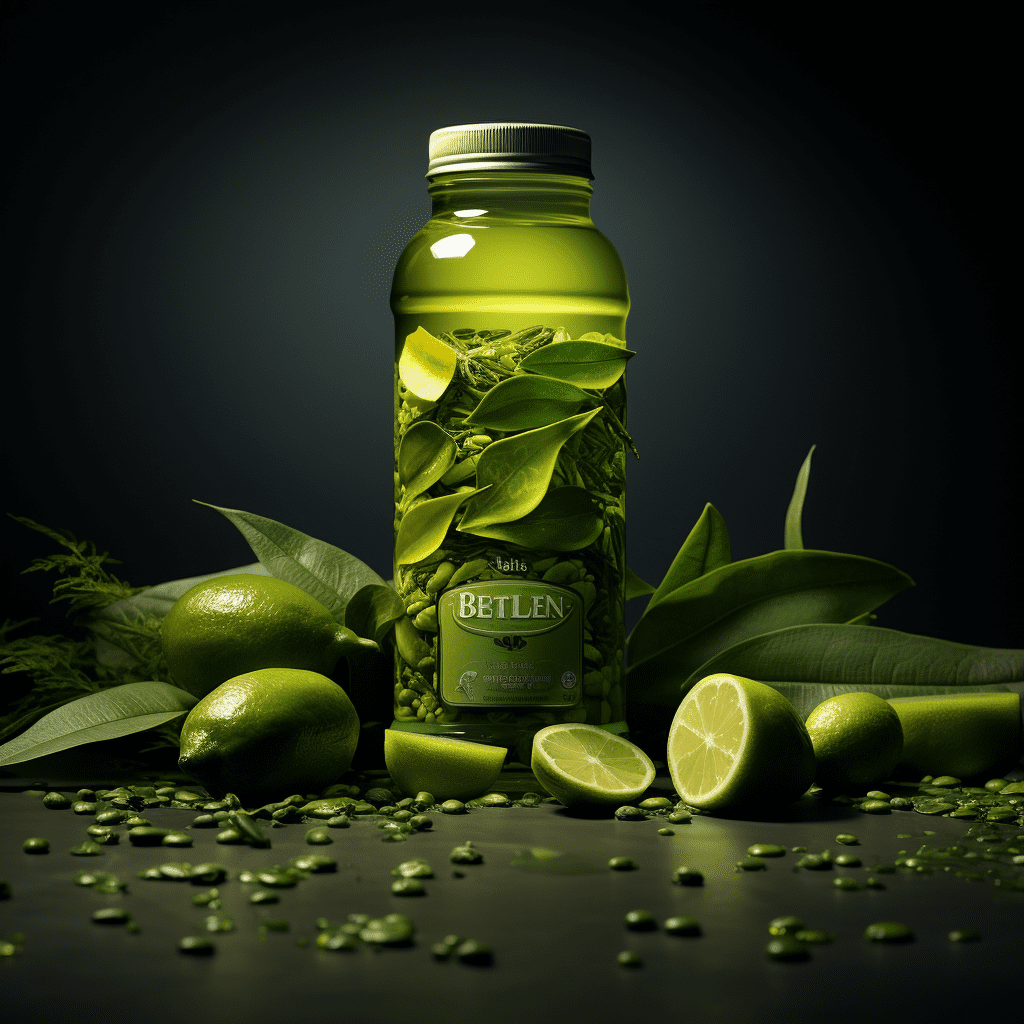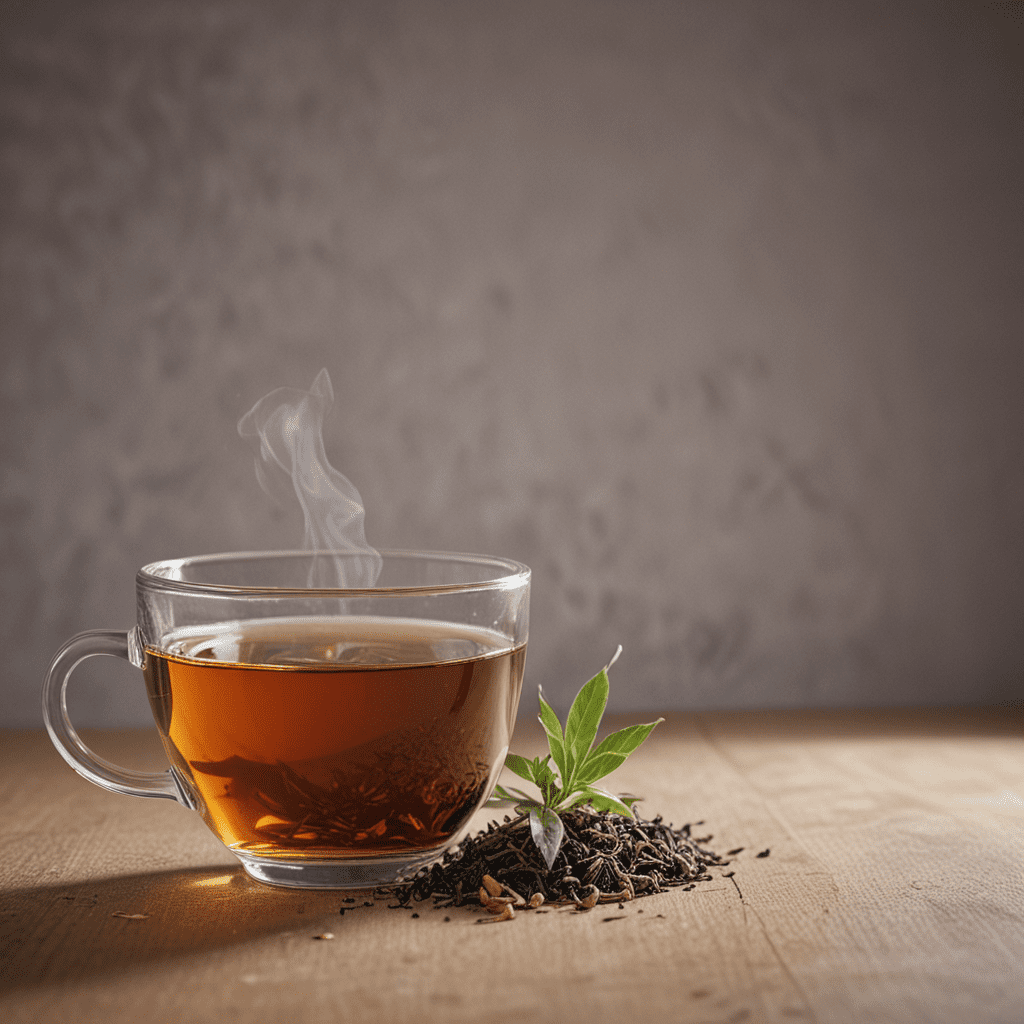
How is Bigelow Green Tea Decaffeinated?
For many tea enthusiasts, finding a decaffeinated option that still offers the delicious flavor and health benefits of green tea is essential. Bigelow, a well-respected brand in the tea industry, offers a wide selection of decaffeinated green teas. But have you ever wondered how they decaffeinate their tea? In this article, we will explore the process of decaffeinating Bigelow green tea and shed light on some frequently asked questions about the topic.
The Decaffeination Process
The decaffeination process for Bigelow green tea follows a meticulous approach to ensure that the flavor and quality of the tea are preserved. While the specific details of the process may vary, here is a general overview of how Bigelow decaffeinates their green tea:
- Preparation: The tea leaves undergo an initial preparation step, typically involving cleaning and sorting. This step ensures that only the highest quality leaves are used in the decaffeination process.
Steaming: The tea leaves are steamed to initiate the removal of caffeine. Steaming helps to open the pores of the leaves, making it easier for the caffeine molecules to be extracted.
Decaffeination: Bigelow utilizes various methods for decaffeination, such as the carbon dioxide (CO2) method or the ethyl acetate method. These methods involve using solvents to extract caffeine from the tea leaves while preserving the natural flavors and health benefits.
Drying: After the decaffeination process, the tea leaves are dried to remove any residual solvents and to regain their original moisture content.
Quality Control: Throughout the entire process, Bigelow maintains strict quality control measures to ensure that all their decaffeinated green teas meet their high standards for flavor and quality.
Commonly Asked Questions
Q1: Is decaffeinated green tea completely caffeine-free?
A: Despite the decaffeination process, there may still be trace amounts of caffeine in decaffeinated green tea. However, the levels are significantly lower compared to regular green tea.
Q2: Does decaffeinated green tea have the same health benefits as regular green tea?
A: While decaffeinated green tea may have slightly reduced levels of certain antioxidants due to the decaffeination process, it still retains many of the health benefits associated with green tea.
Q3: Can the decaffeination process affect the flavor of the green tea?
A: Bigelow and other reputable tea brands take great care to preserve the flavor of decaffeinated green tea. However, some subtle flavor changes may occur during the decaffeination process.
Q4: Are the decaffeination methods used by Bigelow safe?
A: Yes, the decaffeination methods employed by Bigelow are considered safe. They adhere to regulatory standards to ensure the safety and quality of their decaffeinated green teas.
Q5: How can I distinguish decaffeinated green tea from regular green tea?
A: Typically, decaffeinated green tea packaging will indicate that it is decaffeinated. You can also look for terms such as “decaf” or “caffeine-free” on the label.
Q6: Does decaffeinated green tea still provide a gentle energy boost?
A: While decaffeinated green tea does not contain the stimulating effects of caffeine, it may still provide a gentle energy boost due to other natural compounds present in the tea.
Decaffeinated green tea offers a wonderful alternative for those seeking a milder tea option without sacrificing on flavor and health benefits. With Bigelow’s careful decaffeination process, you can enjoy a cup of green tea any time of the day. So, grab your favorite decaffeinated Bigelow green tea and savor the subtle flavors and goodness it has to offer!
